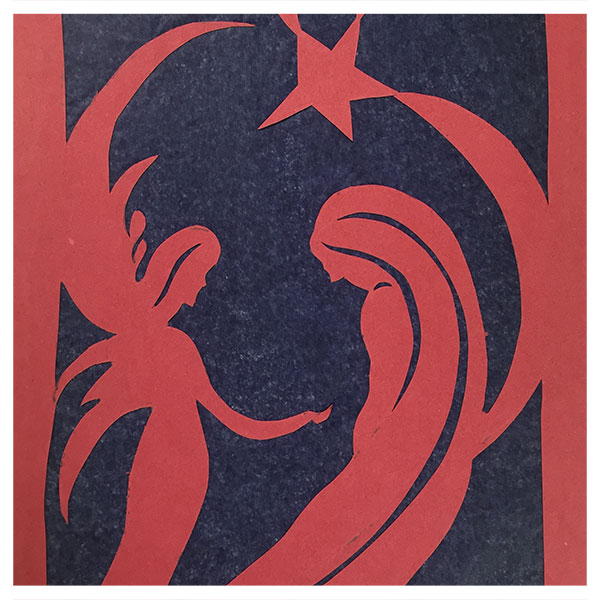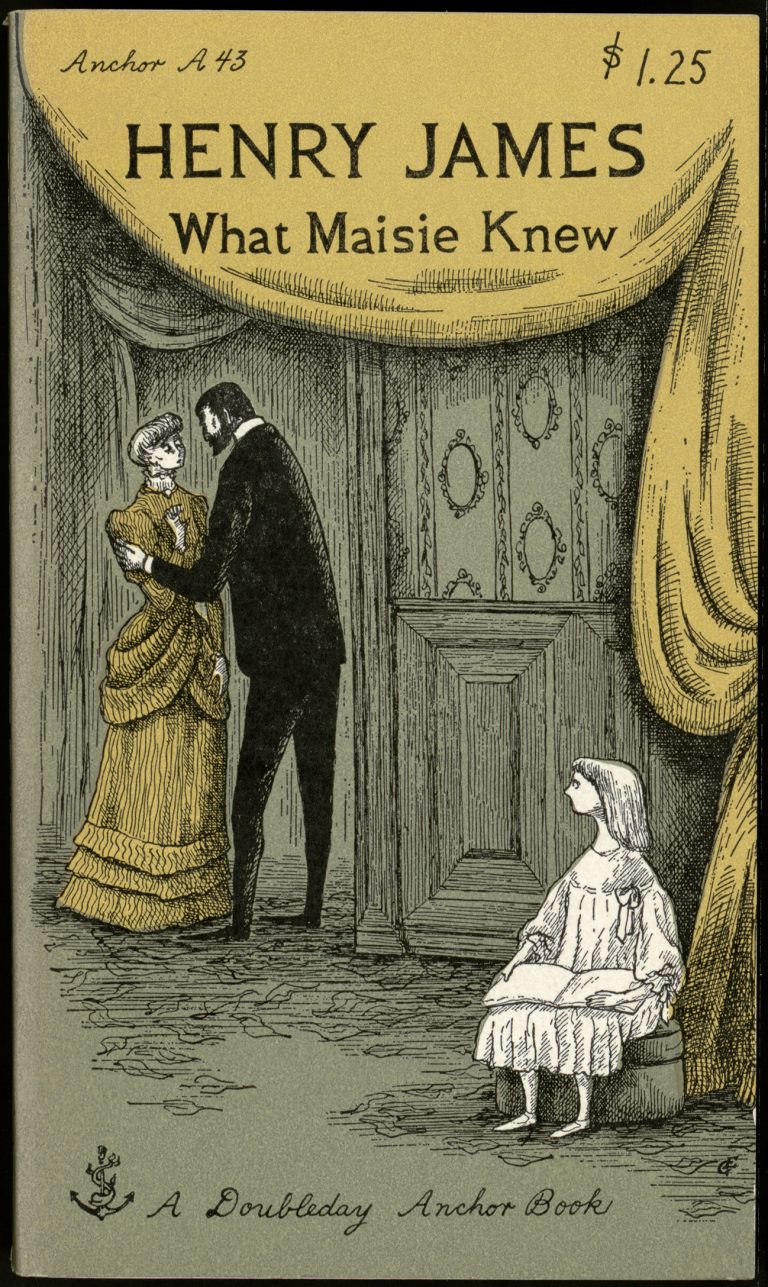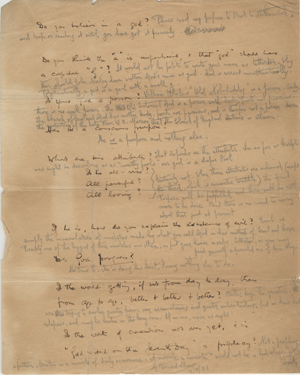“Dear Miss Crawford,” writes D. H. Lawrence in a letter dated December 23, 1909, “I hope my verses won’t offend you. I know they are poor enough. But do you like my little card?” The “little card,” sent to Grace Crawford and today part of the D. H. Lawrence collection… read more
D. H. Lawrence
Penguin and the Paperback Revolution
Click on the four-way arrow in the bottom right-hand corner of the slideshow to convert into full-screen mode. According to popular mythology, the publisher Allen Lane, founder of Penguin Books, formulated his idea for a press dedicated exclusively to paperbacks while visiting a railway station. Having spent the weekend visiting… read more
Research at the Ransom Center: “Modernism and Christianity”
Dr. Erik Tonning is Research Director of the “Modernism and Christianity” project at the University of Bergen, Norway. He visited the Ransom Center in June 2011 to view a range of its modernism holdings and to gather information on behalf of his research team from several of the Ransom Center’s… read more




